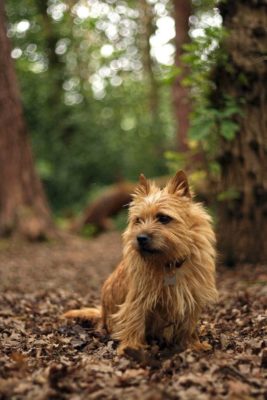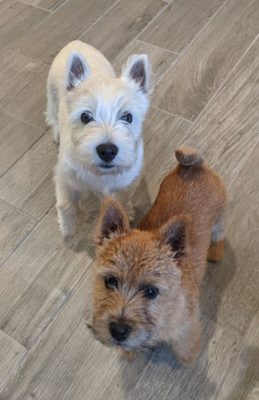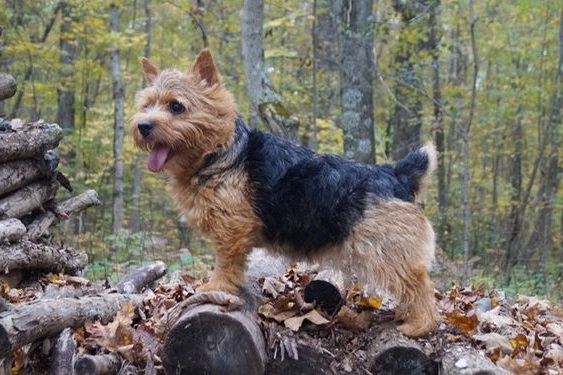Norwich Terrier
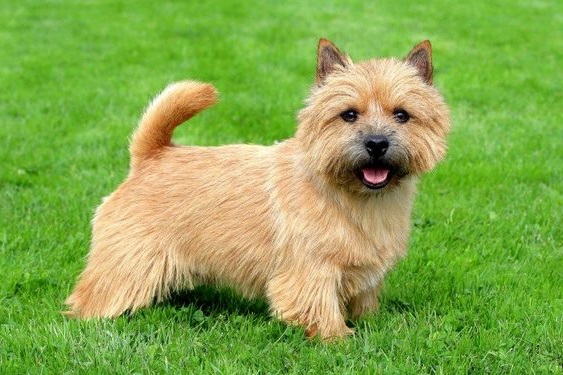
Norwich Terriers are active, intelligent dogs. Dogs prefer to be with their owners and are usually interested in everything their guardians do. They are typical terriers. Animals are energetic and capable of getting nasty. They need a lot to do; otherwise, they will set something up. Dogs tend to be stubborn.
Table of Contents
Breed Information
| Another Name | – |
| Origin | United Kingdom |
| Height | Males 24-26 cm Females 22-24 cm |
| Weight | Males 5-6 kg Females 3-5 kg |
| Fur | Thick, medium length |
| Color | Wheat in different shades, gray and black |
| Lifespan | 12-14 years |
| FCI Classification | Terriers |
| Group | Dogs for kids, hunting dogs, dogs for apartments |
| Price | $500-900 |
Breed Photos
Origin History
Short-legged dogs of this breed have long been prized in England. But it was not until the 1880s that the dog that eventually became the Norwich Terrier emerged from obscurity. At the time, having one of these little dogs became the fashion among students at Cambridge University. The small terriers came to be called cantabas and later Trumpington terriers. Around 1900, a tramping terrier named Rags went to a stable near Norwich. He produced countless offspring and is the patriarch of modern Norwich Terrier. One of his sons came to America and turned out to be a gracious ambassador for the breed. Many people still refer to the Norwich as the “Jones Terrier” after the dog’s owner. The American Kennel Club recognized the breed in 1936.
Appearance
The Norwich Terrier is a small hunting dog. The breed has a relatively strong build. Dogs reach 24-26 kg at the withers and bitches – 22-24 cm. The weight of the male dog is six kilograms; the bitches weigh up to five kilograms. The color is usually wheat of different shades, gray and black.
Character
Norwich Terriers are active, intelligent dogs. Dogs prefer to be with their owners and are usually interested in everything their guardians do. They are typical terriers. Animals are energetic and capable of getting nasty. They need a lot to do; otherwise, they will set something up. Dogs tend to be stubborn.
With their instinct to roam, these dogs should not be walked without a leash. Their curiosity and desire to hunt make animals roam and explore every nook and cranny. Like all terriers, Norwich Terriers can chew on anything and dig if they are bored.
Care
This dog breed is quite easy to care for. When the animal is not shedding, it is enough to brush it once a week. During the molting season, it needs to be done twice as often. Trimming is a procedure to free the dog from dead hair. It helps owners who want to keep the house clean without a single trace of dog hair. Owners should keep their dog’s ears and teeth clean at all times.
Training
Because it is a small but active dog, it needs to be trained. Training should be started from the puppy’s age. After all, it is in this period that all the behavioral patterns of the animal are fixed.
Norwich Terrier’s owners do not have to bother with training because Norwich dogs are skillful and intelligent. It is worth paying attention to the dog’s constant desire to chase any small animal. The owner needs to be always on guard.
Common Diseases
The Norwich Terrier is prone to some diseases, namely:
- epilepsy;
- brachycephalic syndrome;
- tracheal collapse.
Nutrition
Any nutrition should be appropriate for the age of the dog. After all, the metabolism slows down with age. Some dogs are prone to obesity, so the owner should monitor the dog’s calorie intake and weight levels. Treats can be an essential aid to exercise, but large amounts can cause obesity. Clean, fresh water should be available at all times.
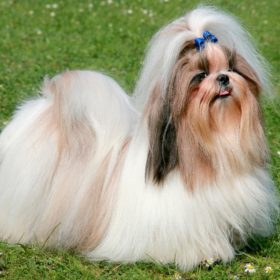 Shih Tzu
Shih Tzu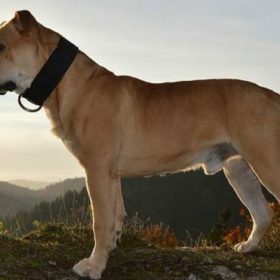 Ca de Bou
Ca de Bou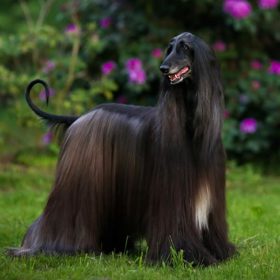 Afghan Hound
Afghan Hound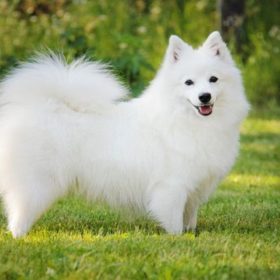 Japanese Spitz
Japanese Spitz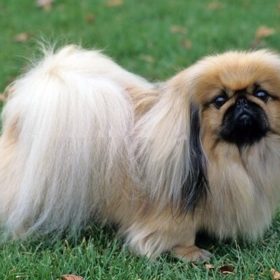 Pekingese
Pekingese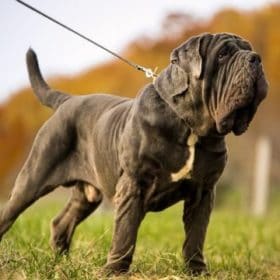 Neapolitan Mastiff
Neapolitan Mastiff